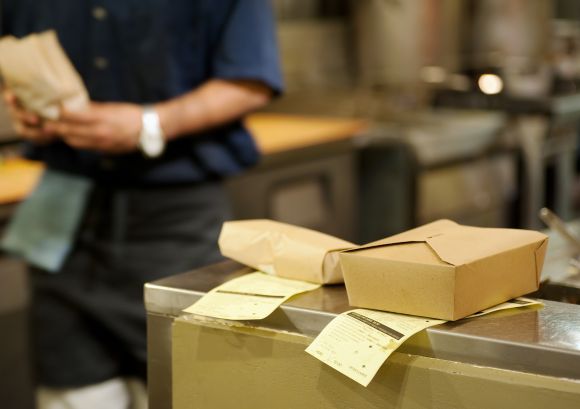In the age of see-now, buy-now fashion, traditional retailers are adopting new practices to keep up with the fast-paced shopping journey.
While speed has always been the biggest pain point for the fashion industry, retailers like Zara, Topshop, H&M and Forever 21 have found a way to capitalize on the consumer demands for instant gratification, at an affordable price. These brands, dubbed as “fast fashion” retailers, leverage streamlined production cycles to release on-trend pieces in a matter of weeks. Additionally, these retailers have been able to drive down apparel prices, while overall costs for retail goods has continued to creep higher and higher, further fueling the consumer demand for cheap chic.
The traditional model of four fashion seasons in a year is becoming obsolete. Fast fashion retailers are reproducing luxury trends from the runway months before they’re released to the public, putting a dent in luxury sales by the time their apparel becomes available to consumers. Department stores and other retailers including American Eagle Outfitters, Gap Inc., and Kohl’s, have taken note and are pushing to shorten their development cycles to keep up in the competitive retail environment.
With news of department store closures on the rise, and increasing access to online retailers, brands are diligently working to maintain market share amidst this new trend. For instance, discount department store Kohl’s has launched a new initiative in which 40 percent of its proprietary brands will operate on a faster production cycle, cutting production time from six months to three months. The initiative will focus on women’s apparel and will use speed as the main strategy. Others retailers like Gap are leveraging trends and partnerships through “mini-collections.” A strategy also seen at Target with their Lilly Pulitzer and the recent Victoria Beckham For Target limited releases.
Is this the future of fashion?
Consumers are constantly seeking the best deal in their apparal purchases. But, in years past this meant purchasing last season’s trends at a discount. Technology and convenience, combined with short attention spans and shoppers desire for immediacy in everything, has forced the apparel industry to evolve, with consumers now dictating the fashion lifecycle. So long are the days that shoppers buy in advance for the season, now they buy for a specific demand.
While this trend is not being encouraged within the retail industry, as it poses significant challenges for operations and the environment, the fast fashion trend is changing the way businesses and consumers view apparel.
How can my business stay competitive in the fashion revolution?
While a supply chain overhaul is likely not a feasible solution, fashion retailers can leverage customer trend data and analytics to compete. As consumer behavior shifts, it’s important to know who your best customers. Combining your customer data with third-party consumer behavior data can help provide a clear picture of those shoppers and their preferences. These insights can help you identify whether adopting a fast fashion model will drive sales or if your ideal customers may be better served with another solution.
Learn how customer analytics can help you stay on trend with your best customers.


